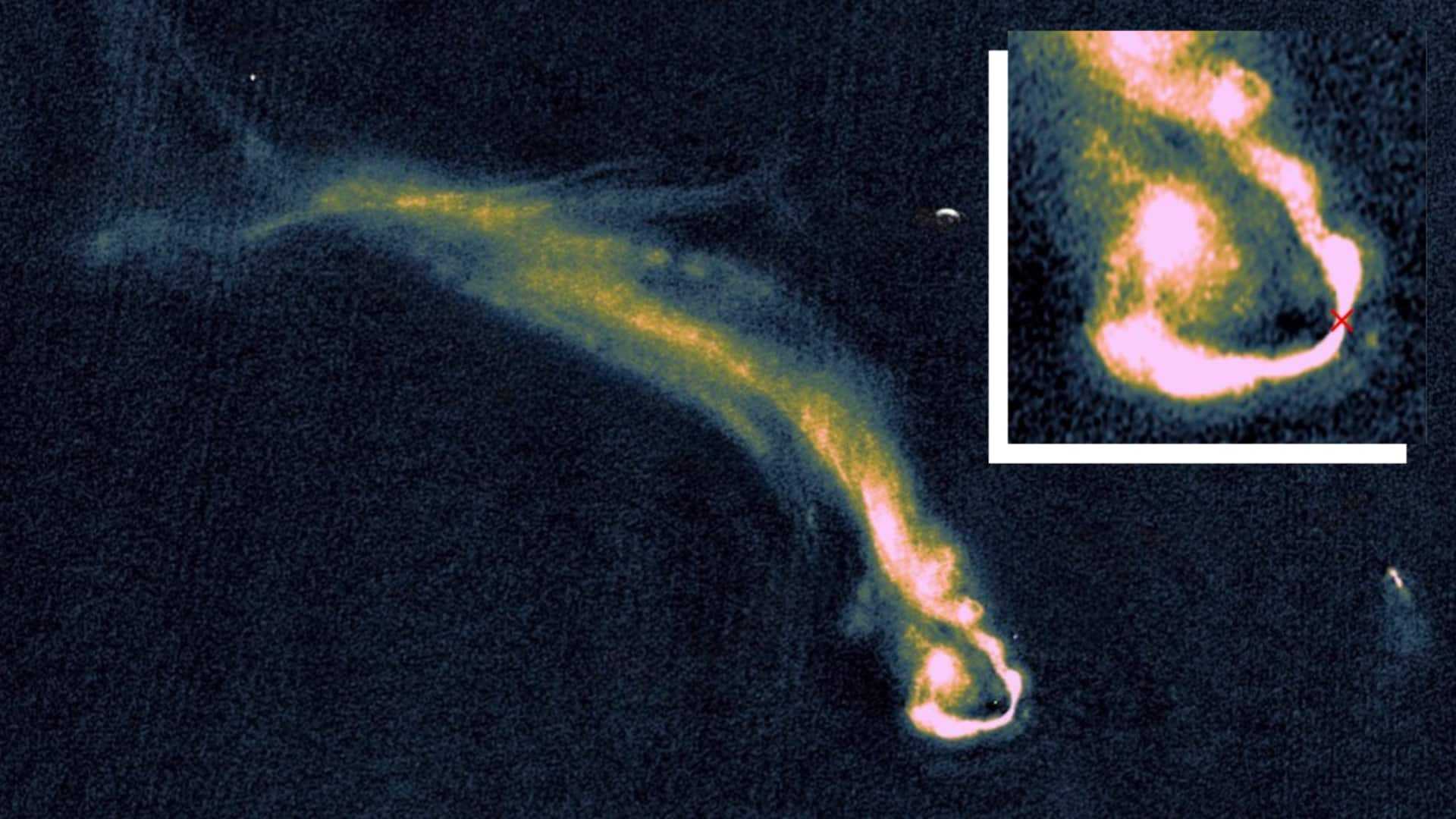
Watch: This galaxy cluster has 200,000 light-years long tendrils
What's the story
Astronomers have captured the most detailed image of the galaxy cluster Abell 2255, revealing its mysterious tendrils in unprecedented detail. The cluster, which contains between 300 and 500 galaxies—most of them merging—is located some 800 million light-years away from Earth. It spans about 16.3 million light-years and is home to "radio galaxies," or galaxies dominated by supermassive black holes that emit powerful jets of matter at near-light speeds.
Cosmic exploration
Importance of studying radio galaxies
The study of radio galaxies is crucial as it can help scientists understand their evolution, and the interaction of jets launched by supermassive black holes, with intergalactic gas and dust. Marco Bond, a researcher at the National Institute for Astrophysics (INAF) who worked on this study, said these findings "open the way to new perspectives for the study not only of radio galaxies but also of the properties of the gas that permeates galaxy clusters."
Technological breakthrough
How the team captured the data
The team used the European Low Frequency Array (LOFAR) radio telescope in its Very Long Baseline Interferometry (VLBI) mode to capture data on Abell 2255. After 56 hours of observation at a frequency of 144MHz, they produced deep pictures with an angular resolution of up to 0.3 arcseconds. This revealed long filamentary structures extending between 260,000 and 360,000 light-years—more than three times the width of our Milky Way galaxy.
Cosmic journey
What the researchers found
The researchers believe these filaments originate from the radio galaxies of Abell 2255 and were pulled out by turbulent motion within the galaxy cluster. Eventually, they will mix with the intergalactic medium of gas and dust in Abell 2255. One particular focus was on the Original Tailed Radio Galaxy, which has a complex tail and rich filaments—features never seen before at this level of detail.
Discovery
Details about other radio galaxies in Abell 2255
The new LOFAR pictures also show previously unseen details of other radio galaxies in the Abell 2255 cluster, including the Goldfish, Beaver, and Embryo galaxies. All these are known for their distorted shapes and long radio tails that stretch over 200,000 light-years. Emanuele De Rubeis from the University of Bologna said they aimed to use LOFAR-VLBI to detect possible filaments in these tails "to study their morphological characteristics and understand their origin."